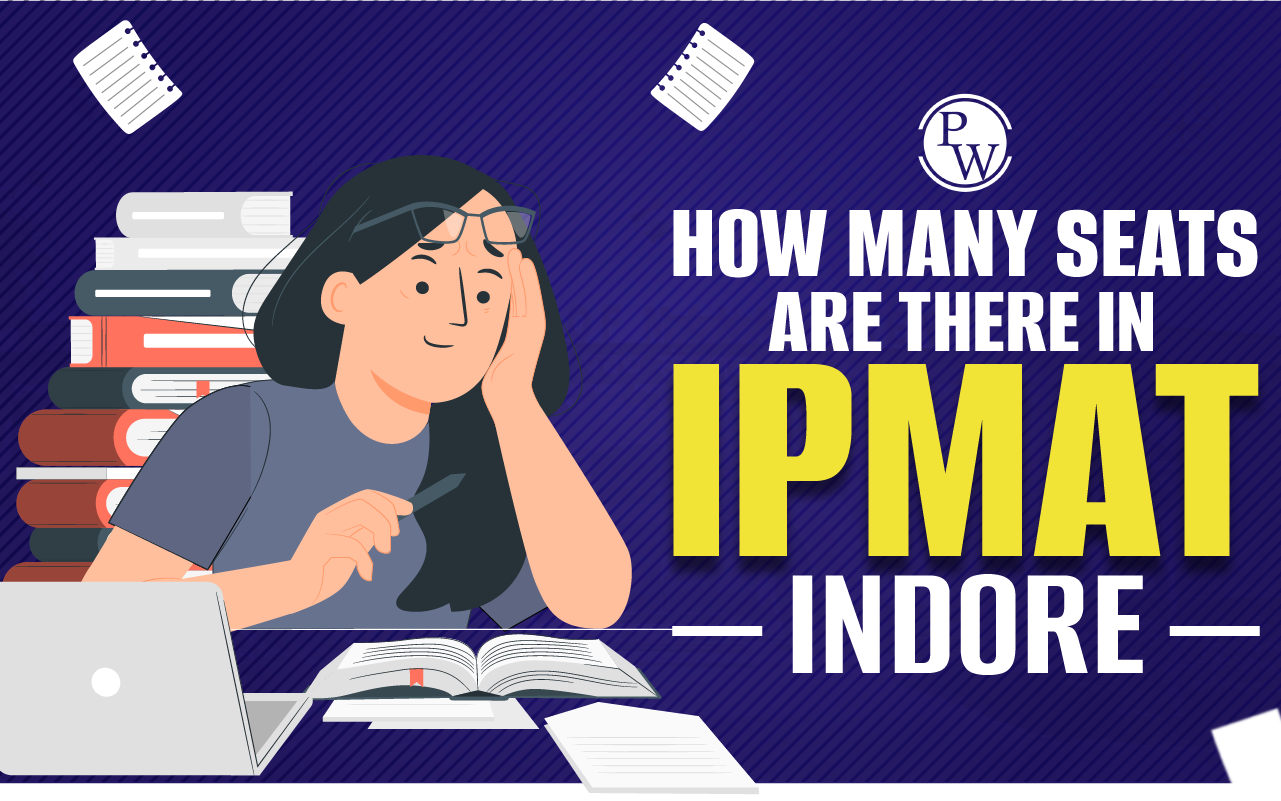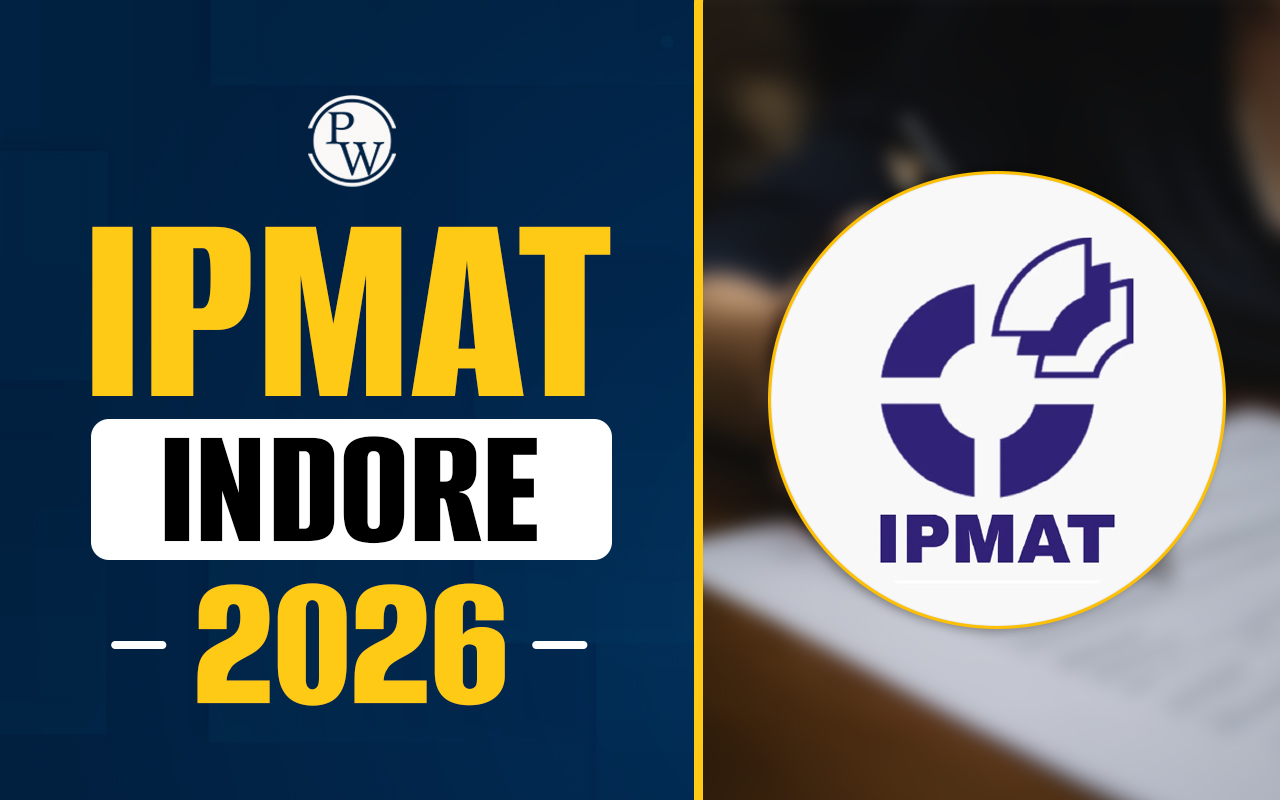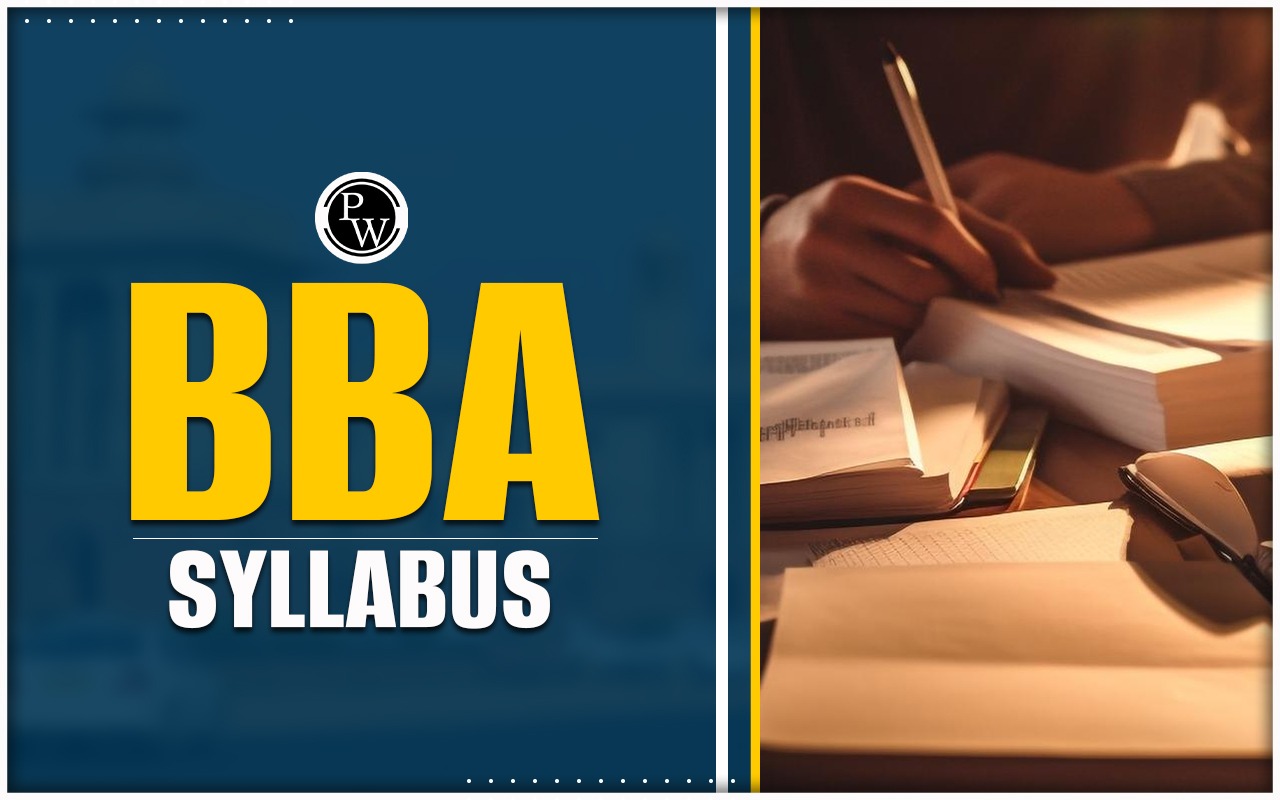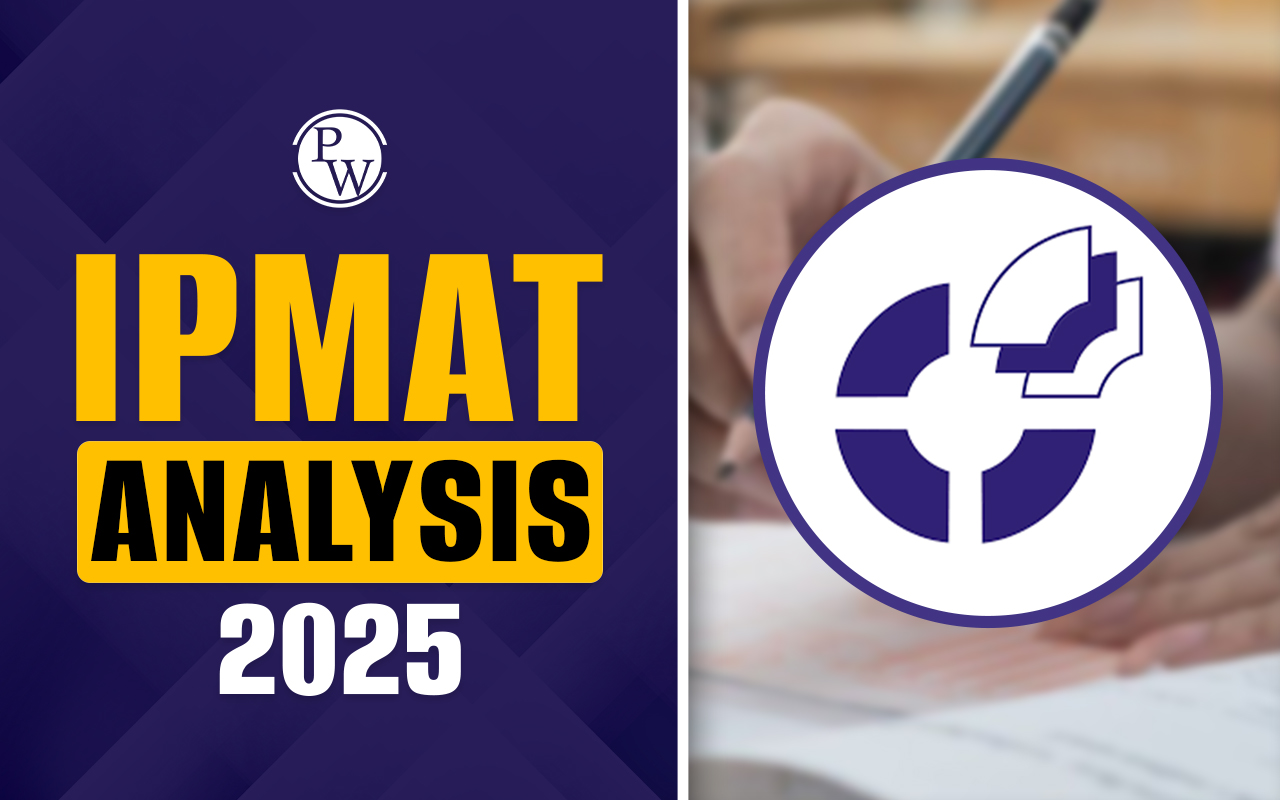
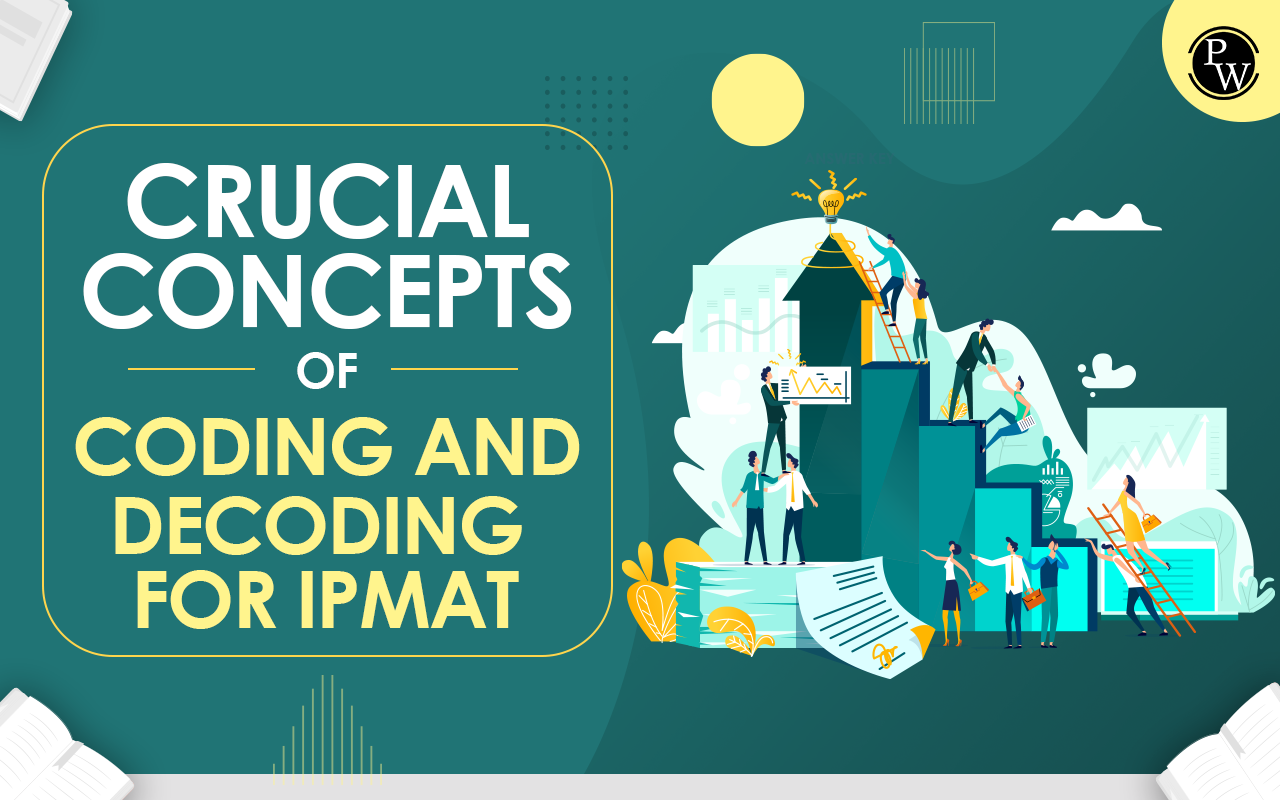
Coding and Decoding For IPMAT: Coding and decoding are significant aspects of logical reasoning, commonly assessed in competitive exams such as the IPMAT. In coding, words or numbers are transformed using specific patterns or codes, and in decoding, these patterns are deciphered back to their original forms. The reasoning section evaluates logical skills, and coding and decoding represent complex topics within it. Various coding and decoding types exist, demanding a thorough understanding to answer questions accurately. Here, aspirants will learn vital coding and decoding concepts for IPMAT, encompassing types, along with helpful tips and tricks for problem-solving.
Crucial Concepts of Coding and Decoding For IPMAT
Coding and decoding are important concepts in logical reasoning, frequently assessed in competitive exams like IPMAT. However, many students struggle to grasp the underlying logic of these questions. To excel in IPMAT , it's essential to comprehend these concepts. Here are key areas crucial for IPMAT preparation:- Letter Coding: This involves replacing letters with other letters following specific rules.
- Number Coding: Numbers are replaced with other numbers using defined rules.
- Symbol Coding: Symbols are substituted with different symbols based on specific rules.
- Mixed Coding: A mix of letters, numbers, and symbols encrypts the given information.
- Understand the Given Information: Grasp the information provided in the question.
- Identify the Type of Coding: Recognize whether it's letter, number, symbol, or mixed coding.
- Look for Clues: Search for hints within the question that might reveal the coding pattern.
- Use Logic: Apply logical reasoning to deduce the patterns and rules used for encryption.
- Practice: Regular practice enhances your problem-solving skills.
Also Read : How to Master Maths for IPMAT 2024
Types of Coding and Decoding
Coding and decoding are fundamental aspects of logical reasoning frequently tested in various competitive exams, including IPMAT. Understanding these concepts is crucial for answering questions accurately. Here are the types of coding and decoding:Types of Coding
- Letter Coding: In this type, letters are substituted with other letters following specific rules.
- Number Coding: Here, numbers are replaced with other numbers based on particular rules.
- Symbol Coding: Symbols are interchanged following specific rules and regulations.
- Mixed Coding: This type involves a combination of letters, numbers, and symbols used to encrypt given information.
Types of Decoding
- Letter Decoding: In this method, letters are decrypted based on specific rules and regulations.
- Number Decoding: Numbers are decrypted following specific rules to reveal the original numbers.
- Symbol Decoding: Symbols are decrypted according to specific rules.
- Mixed Decoding: This involves decrypting a combination of letters, numbers, and symbols using specific rules.
Also Read : IPMAT 2024 Marking Scheme
Tricks and Tips to Solve Coding and Decoding Questions
- Understand the Given Information: Carefully read the information provided. Try to recognize the patterns and rules used to encode and decode the information.
- Identify the Type of Coding: Determine the coding method used, such as letter coding, number coding, symbol coding, or mixed coding.
- Look for Clues: Pay attention to repeated letters, numbers, or symbols in the given information. These repetitions often reveal the coding patterns.
- Use Logic: Apply logical thinking to identify patterns. For example, if dealing with numbers, check for even or odd numbers, primes, or multiples of specific numbers.
- Practice Regularly: Solve coding and decoding questions consistently. Regular practice enhances your logical reasoning skills and concentration.
- Learn Alphabetical Order: Understand that each letter corresponds to a number (A-1, B-2, C-3, and so on). This knowledge aids in solving coding problems.
- Observe Patterns: Analyze the given alphabets or numbers in the question. Try to find the sequence or pattern they follow, helping you decode the information.
- Utilize Educational Videos: Watch videos that provide valuable tips and tricks for quick and accurate solutions to coding and decoding questions.
Also Read : How Many Students Appear for IPMAT Examination Every Year
Examples of IPMAT Coding and Decoding Questions
Here are some questions about coding and decoding, along with their answers listed below: Question: If MADRAS is turned into NBESBT in a specific language, what is the code for BOMBAY? Answer: BOMBAY is coded as CPNCBZ. Question: In a certain coded language, "FRINGE" becomes "HTKRKI". How is "WRIGHT" represented in this language? Answer: WRIGHT is coded as YTKKLX. Question: If "EASY" translates to "5117", how will "BEAM" be written in the same code? Answer: BEAM is coded as 2513. Question: When COMPUTER is transformed into RFUVQNPC, how will MEDICINE be coded in the same language? Answer: MEDICINE is represented as GUVJFGRK. Question: If "APPLE" changes to "BQQMF", what is the code for "ORANGE"? Answer: ORANGE is coded as PSBPHF. Question: If "12345" becomes "24680", what is the code for "67890"? Answer: 67890 is coded as 89102. Question: If "A" is converted to "Z", "B" is changed to "Y", and so on, what is the code for "HELLO"? Answer: HELLO is coded as SVOOL.Crucial Concepts of Coding and Decoding For IPMAT FAQs
What are the key concepts in coding and decoding tested in IPMAT?
How can I identify the coding pattern in a given question?
How important is logic in solving coding and decoding questions in IPMAT?
Can you provide tips to improve my coding and decoding skills for IPMAT?
Are there any specific strategies to approach mixed coding questions in IPMAT?

